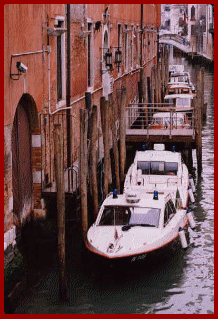| ||||||||||||||||||||||||||||||
Welcome to the | ||||||||||||||||||||||||||||||
 | ||||||||||||||||||||||||||||||
 | ||||||||||||||||||||||||||||||
All you need to know about lenses, | ||||||||||||||||||||||||||||||
We’ve already had a general look at the various types of CCTV lenses available, but now at this stage, it might be worth exploring in more detail, the technical considerations which can make all the difference. Starting with the basics, a ‘lens’ actually contains a number of carefully shaped pieces of optical glass, each one being known as an “element”. These elements can either be arranged singly, or a number optically aligned togethor as a “group”. If you look at the specification for any complex lens, whether CCTV or photographic, the structure will often be described as (for example) 7 elements arranged in 4 groups. Generally speaking, the more complex the lens (such as a 20:1 motorised zoom), the more elements and groups will be involved in the design. Now in order to transmit the maximum amount of light through the lens, the elements are normally ‘multicoated’ with a special protective layer, which minimises internal reflections and so maintains overall, the optical quality (and light transmission characteristics) of the lens design. In addition, multi-coating is also vital to achieve ‘colour correction’. In practice, the more elements incorporated into the design, the more light is lost through internal reflection and optical transmission related problems. The important thing about lens elements, is that they must be ground (the process used to shape the element) to precision tolerances, and the internal ‘distortions’ which are inherent in every piece of optical design, must be kept to an absolute minimum. The two main problems afflicting optical design, are known as “barrel distortion” (imagine a square painted on a balloon before it is inflated; the square will deform into a barrel shape as the balloon is blown up), and “pincushion distortion” (again, imagine drawing a small square onto an inflated baloon, then gently press your finger into the middle of the square and watch as the shape deforms inwards). Interesting to note that when evaluating a lens' distortion characteristics, it is useful to use not only a camera fitted with a CCD or solid state imager (no inherent distortion as there is with the older ‘tube’ type cameras), but also a flat panel ‘LCD’ type display, which again does not suffer from the distortions inherent in the ‘electromagnetic’ technology associated with Cathode Ray Tube (CRT) monitor displays. | ||||||||||||||||||||||||||||||
 | ||||||||||||||||||||||||||||||
IMPORTANT: No material may be reproduced, copied or redistributed from this site, © doktorjon.co.uk 2004 - 2008 Homepage...:...Gateway...:...Technical Gateway....:....Quickfind Index....:....Equipment Directory | ||||||||||||||||||||||||||||||

